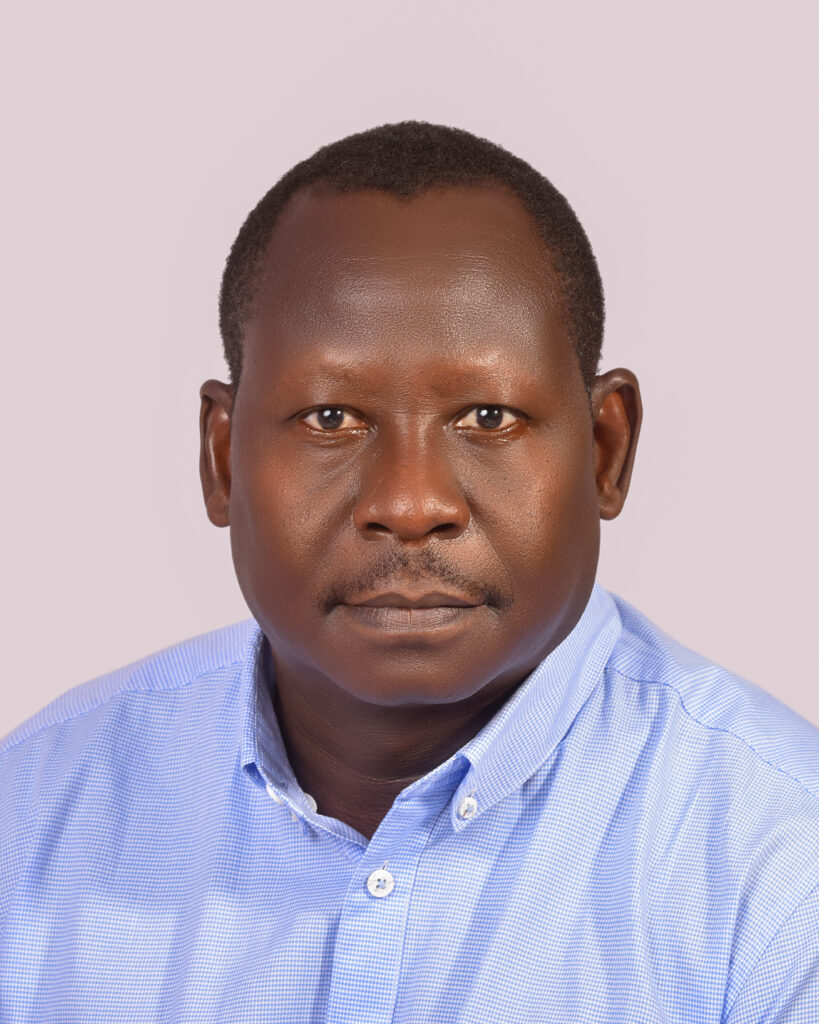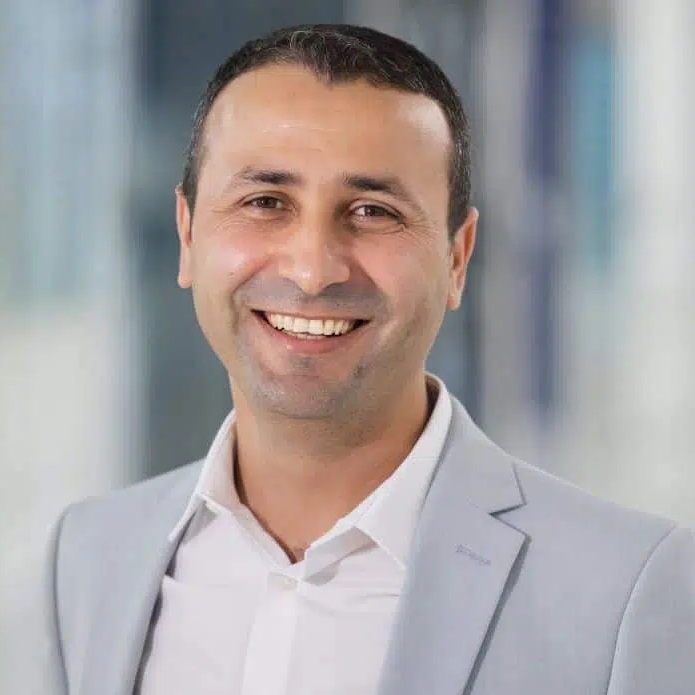In a discussion with Malaria No More, Dr. Alfred Andama (Makerere AI Health Lab) and Dr. Mohammad Yaqub (MBZUAI) talk about the role of artificial intelligence in combating malaria. Dr. Andama is the Principal Medical Laboratory Technologist in the Department of Medicine, College of Health Sciences at Makerere University; Dr. Yaqub is an Associate Professor at Mohamed bin Zayed University of Artificial Intelligence (MBZUAI), Abu Dhabi, UAE, and a senior scientist advancing novel AI solutions in the ClimateSmart Indonesia Initiative—implemented by IMACS, MBZUAI, and KORIKA, and funded by Reaching The Last Mile.
Dr. Andama, can you tell us about the AI Health Lab and your malaria work?
ANDAMA: The idea for an AI Health Lab started with the vision of using artificial intelligence to revolutionize healthcare in Africa – whether it’s changing how we do diagnostics or integrating AI into initiatives like telemedicine platforms. Today, we are based in Uganda, at the Makerere University, where we have been able to bring together a team of around 15 to 20 researchers, technologists, healthcare professionals, and policy experts.
When we first started, we earmarked several diseases, including malaria and tuberculosis, and we had different students working on each of those projects. In Uganda, malaria is especially challenging for us. I’ve had malaria multiple times. My children and relatives have contracted malaria. It’s one of the leading causes of death in our hospitals among children under the age of five and pregnant mothers.
My background is microbiology, and in my country a great proportion of diagnostic laboratories use microscopy to diagnose malaria by examining blood smears for parasites and identifying the species infecting the patient. The challenge is that we don’t have enough trained lab technicians to look under those microscopes for malaria and other conditions. As a result, in some cases you find only one Lab technician attending to different diagnostic needs of all patients in the health facility.
So, we decided to address this issue of microscopy by using an AI-enhanced model with deep learning algorithms that recognize the common features of the malaria parasite to help with diagnosis. We use existing technologies such as smartphones and the widespread availability of microscopes at various health facilities to create a 3D printable adapter that attaches to the microscope eyepiece. This adapter fits into a smartphone, allowing automated capture of malaria images and display results.
As a result, we have developed a way to diagnose malaria from blood smears. We are excited to test it out around the country. It’s not expensive and can make a diagnosis in less than a minute from a stained blood smear (usually takes 15-25 minutes in clinical care). The next steps will involve further training of the model as more data is curated to improve accuracy, analyze the data from further testing, and see if we can eventually get more healthcare facilities onboard using the application so we can more broadly improve patient management.


Dr. Yaqub, how is MBZUAI tackling malaria with AI?
YAQUB: MBZUAI is working to address malaria using artificial intelligence on smartphones. In Indonesia, for example, our focus is on helping speed up diagnoses for people living in remote areas or need to travel far to get to a hospital. but in Indonesia. It’s a challenging task to solve. Presently, we’re focused on helping those who live in remote areas who would need to travel a long distance to be in a hospital or get diagnosed.
A person suspected of having malaria needs to provide a blood sample, which can easily be done in a smaller clinic or primary care unit. What can’t be done easily in smaller medical facilities in remote locations is look under the microscope and determine what’s going on. Is it malaria or something else? This is where our AI tool helps.
Our AI tool runs in the smartphone and the application looks at the image taken using a microscope and can diagnose if it’s malaria and what type. It can also determine the stage of malaria or severity to advise the treatment, which might require hospital care.
We also look at ways of predicting hotspots of malaria infections. We collected data from weather information, satellite images and other information – and then built an AI tool that uses machine learning to estimate where the spread of disease will occur. For example, it will say the likelihood of rain is X and the wind will be Y and then based on that information what the likelihood of infection will be in that area.
Does AI have the potential to be the “silver bullet” in the malaria fight?
ANDAMA: No one tool can be the silver bullet. For example, even after we diagnose malaria using AI, the next issue is whether there is effective treatment accessible to patients. We also need to address the issue of mosquitoes and reduce their populations in the breeding areas. There are a lot of complex issues. Many scientists are looking at different aspects of how to eliminate malaria. We are excited about the role of AI, but we all need to come together, and each group is doing their part to address the challenge.
YAQUB: AI is a tool for augmentation and is constantly undergoing advancements. As researchers and scientists, we’re working to enhance its potential and power to build accuracy and efficiency and ensure that AI and humans together can deliver positive impact around the world.
###


